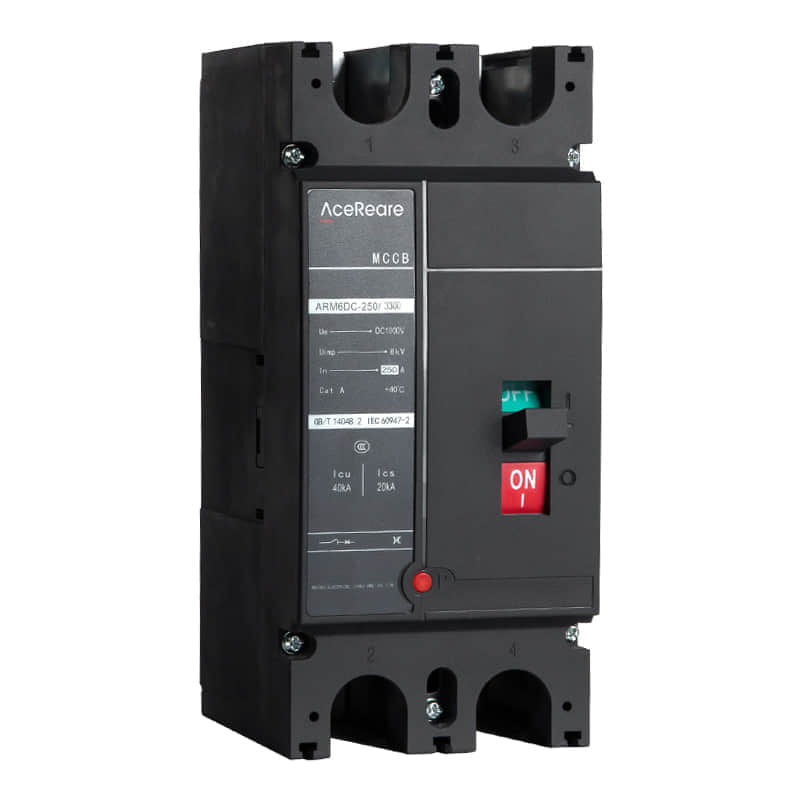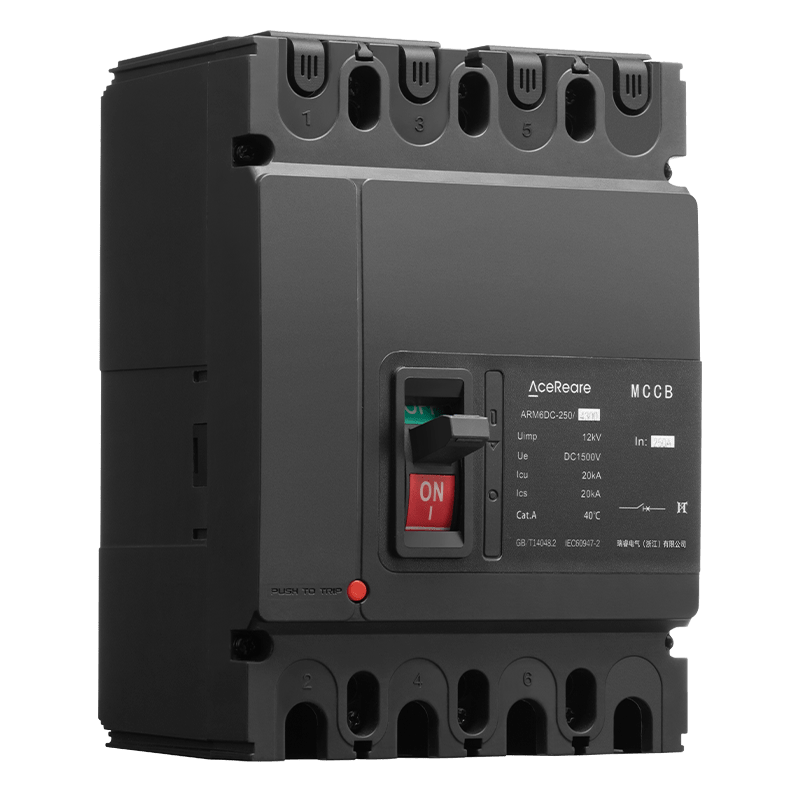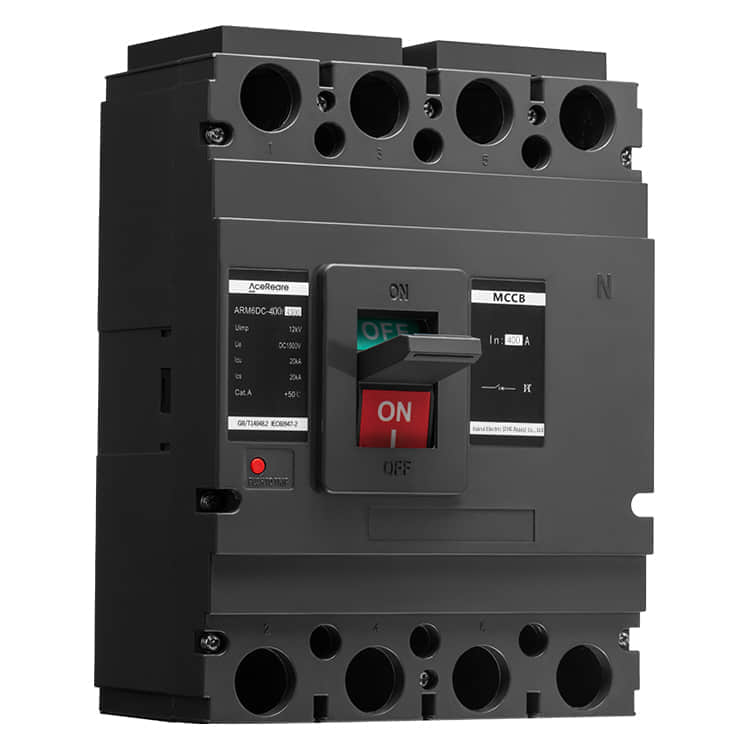In the realm of renewable energy, solar power stands as one of the most promising and rapidly advancing technologies. The utilization of photovoltaic (PV) systems has witnessed exponential growth, with solar panels gracing rooftops and vast solar farms dotting landscapes worldwide. As solar energy continues to flourish, ensuring the safety and reliability of these systems becomes paramount. This article delves into the world of Photovoltaic Molded Case Circuit Breakers (PV MCCBs), exploring their importance, evolution, and role in safeguarding solar power installations.

The Rising Solar Energy Era

The sun, an abundant and virtually endless source of energy, has become the focal point of our transition towards sustainable power generation. Solar photovoltaic technology harnesses sunlight and converts it into electricity, allowing us to reduce our reliance on fossil fuels and mitigate climate change. This surge in solar energy deployment has led to the emergence of advanced and specialized components, with PV MCCBs playing a pivotal role in ensuring the safety and reliability of solar power systems. Understanding Photovoltaic MCCBs Photovoltaic Molded Case Circuit Breakers, often referred to as PV MCCBs, are electrical devices designed to protect solar installations from overcurrents, short circuits, and other electrical faults. They are an integral part of the electrical distribution system in PV systems, ensuring that electrical currents remain within safe limits and preventing damage to the equipment. The Evolution of PV MCCBs Over the years, PV MCCBs have evolved significantly to meet the demands of the growing solar industry. Here are some key aspects of their evolution: Enhanced Safety Features: Modern PV MCCBs incorporate advanced safety features, such as arc fault detection and rapid tripping mechanisms. These innovations help to minimize the risk of electrical fires and system damage. Increased Efficiency: Efficiency is crucial in solar power systems. Newer PV MCCBs have lower energy losses, improving the overall efficiency of the solar installation. Remote Monitoring and Control: With the advent of IoT (Internet of Things) technology, PV MCCBs can now be remotely monitored and controlled. This capability allows for real-time fault detection and immediate response, reducing downtime and maintenance costs. Compatibility with Renewable Energy Sources: PV MCCBs are designed to work seamlessly with other renewable energy sources like wind and hydro power, facilitating hybrid energy systems. Environmental Considerations: In line with the sustainability goals of the solar industry, manufacturers are focusing on making PV MCCBs more environmentally friendly by using recyclable materials and reducing their carbon footprint. The Role of PV MCCBs in Solar System Safety PV MCCBs serve as the first line of defense against electrical faults in solar power systems. They disconnect faulty circuits, preventing electrical fires and equipment damage. In addition, they protect against overcurrents, which can occur due to factors like shading, dust, or debris on solar panels, ensuring the safe and continuous operation of the PV system. Conclusion The proliferation of solar energy is undeniable, and the role of PV MCCBs in ensuring the safety and reliability of solar power installations is paramount. As these devices continue to evolve, they become even more essential in safeguarding our transition to clean and sustainable energy sources. With their enhanced safety features, increased efficiency, and compatibility with other renewable sources, PV MCCBs are at the forefront of a greener and more secure energy future. As solar power continues to shine, PV MCCBs will remain a vital component in harnessing its full potential.
